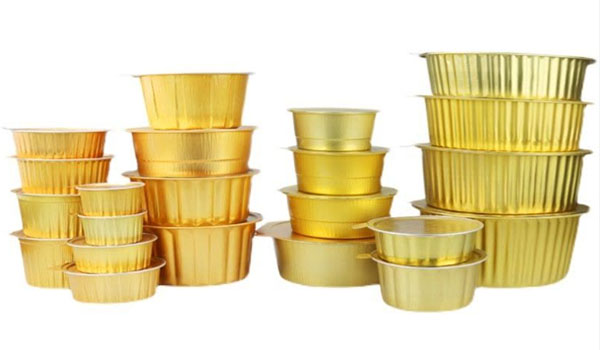Aluminum Foil Containers:
The manufacturing of aluminum foil is similar to making pasta at home. A large block of almost pure aluminum is rolled several times with huge rollers, which reduce the thickness of the aluminum block and expand it to make it longer. Lubricants are added during the rolling process to make the operation easier. The thickness becomes thinner with each successive pass through the rollers. The process is repeated until the thickness of the foil is reached, and the large aluminum foil is cut into the necessary width.
It seems simple, but the actual process may not be easy. For example, when the aluminum is rolled out, it is heated. If the temperature is too high, it will stick to the rollers, so the pressure of the rollers must be carefully controlled.
When the aluminum alloy sheet is 5mm thick, it must be rolled again in the cold rolling stage. The sheet is first rolled on a roller and then fed into the cold rolling mill for the final rolling. It is at this point that the brightness and dullness of the aluminum are created. Since the aluminum is now too thin, the tension required to feed the aluminum through the cold rolling rollers can easily break the aluminum. Because the aluminum alloy sheet has two sides, the aluminum alloy side that contacts the steel roller becomes smoother and more shiny, and the aluminum alloy side that contacts itself becomes matte.
Tin foil and aluminum foil?
Tin foil is no longer made of tin because it is more expensive than aluminum and not as durable. However, the term tin foil is used to refer to aluminum foil in many areas. Therefore, the information on this page applies to both aluminum foil and tin foil, as both terms now refer to the same product.
